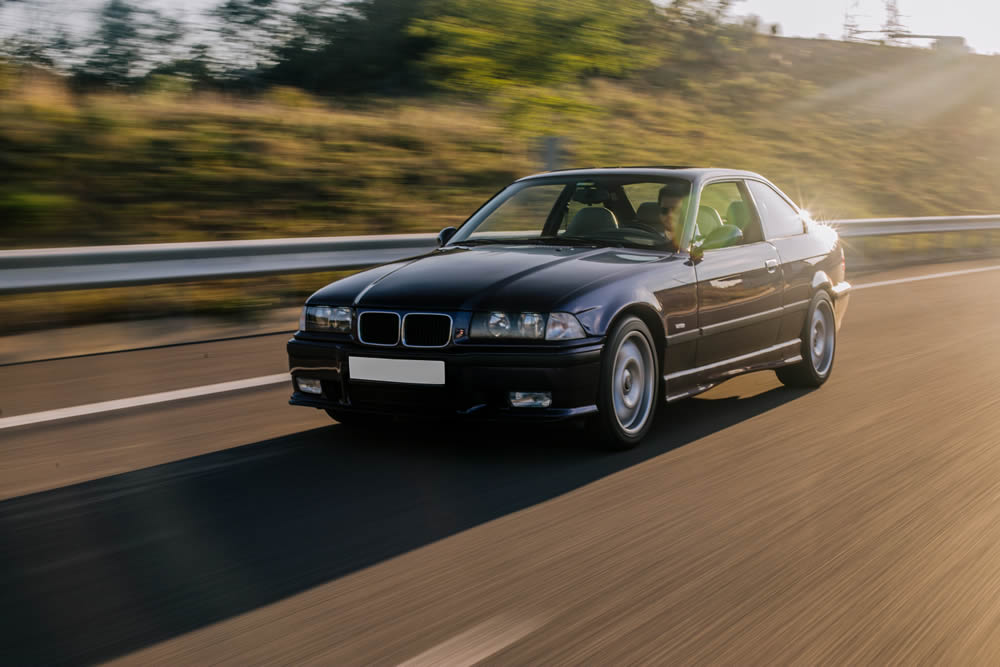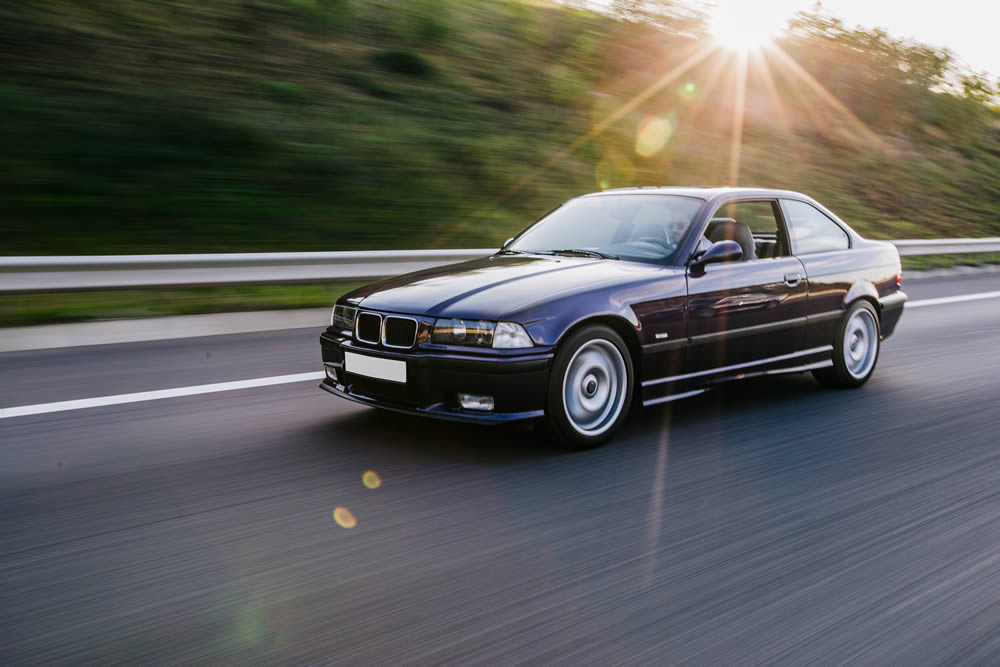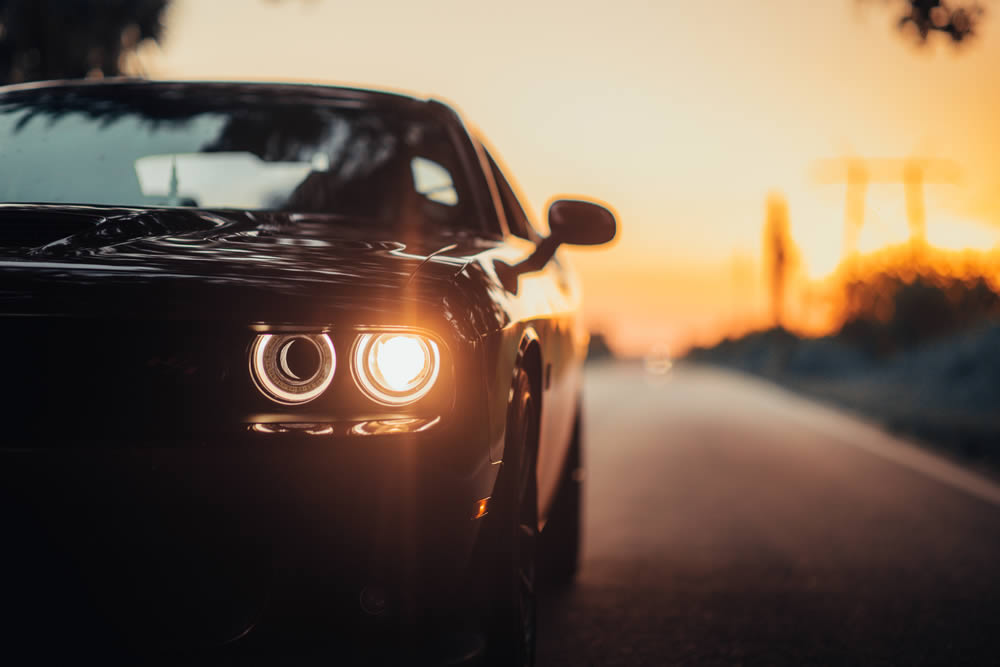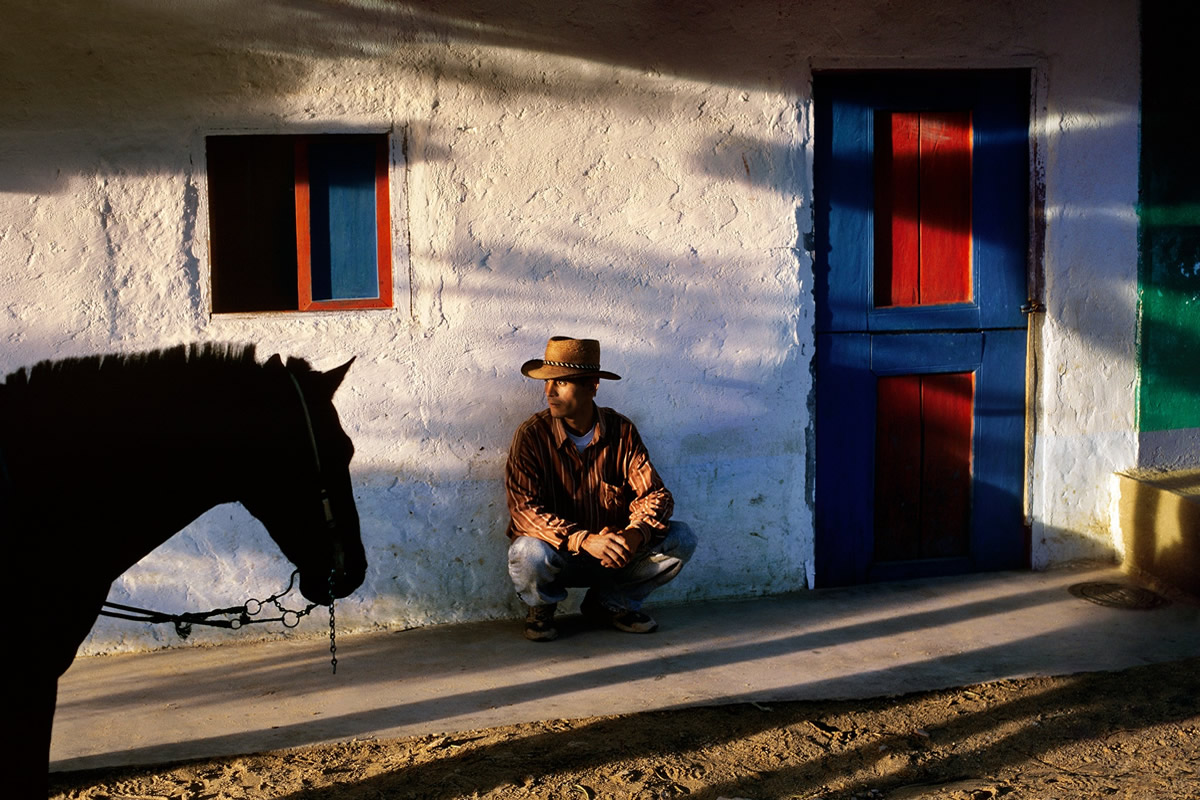Car photography is a form of art that depends on the subject and the lighting conditions for shadows and brightness. A vehicle cannot be captured successfully as an object if one does not understand how to manipulate light to portray different aspects, curves, and details of the car’s body.
Imagine capturing a vintage Mustang at a golden hour, the sun casting long shadows and highlighting every curve. The picture demonstrates that manipulating light can turn a basic shot into art.
For example, when you search for guidelines and tips on how to sell a classic car or a modern model, you will realize that the presence of quality photos can go a long way. Great shots can focus on a car’s details and still communicate much about the car and its purpose.
This article will help you learn common techniques of how to master lights and shadows within automotive photography so that you can take your skill up a notch.

Understanding Light in Photography
Lighting is one of the most essential elements in photography, and getting good light when shooting automobiles is crucial. Light can turn an average car image into an art piece; one can learn to appreciate the shapes and details of the car. These may include:
Natural Light
The car’s figures and contours are well defined when the photographs are taken naturally during the golden hour, which is shortly after sunrise or just before the sun sets. It is advisable to capture the vehicle at this time of day to highlight its intricate features and reflective parts.
Artificial Light
Artificial lighting, such as LED panels and studio lights, allows better light control and is less natural. With it, photographers can control the direction of the light and know where to place it to illuminate specific areas of the car or to enhance contrasts and depth.
Reflectors and Diffusers
Reflectors can shine light from natural or artificial sources back towards the car, thus balancing the shades’ exposure. They also reduce glares that might result from light bouncing off surfaces and ensure adequate lighting is provided.

The Role of Shadows in Photography
Shadows are very crucial when it comes to taking automotive photography. Overlays intensify your images and add depth, dimension, and sometimes drama. They can draw attention to the curves of a car, bring out the vehicle’s surface, and set up a specific tone and ambiance. Shadows can help in:
Creating Dramatic Effects
If done right, shadows can transform a normal picture of a car into a powerful image. When placed at an angle to the bonnet and wings, the shadows drawn across the bodywork add depth to the design and augment the vehicle’s three-dimensionality. This technique can amplify the curves and lines that give the car a distinctive look.
Balancing Shadows and Highlights
The contrast between the shadows and the lights has to be perfect. When there are many shadows, one may fail to see certain aspects of the picture, while, on the other hand, when there are few to no shadows at all, the picture will look dull and uninteresting.
Turn on reflectors and fill lights to capture the car’s details, reducing the impact of shadows while maintaining the dramatic feel.
Avoiding Harsh Shadows
Whereas shadows can bring more interest, strong casting shadows can have negative effects, for example in car photography.
Some accessories, such as diffusers and soft boxes, can help soften the beams to avoid sharp shadows and uneven lighting. This technique is useful when photographing reflective surfaces that are susceptible to getting scratched by harsh, undesirable shadows.

Techniques for Capturing the Perfect Shot
The process of taking a great automotive photo is much more than simply aiming the camera and firing away; it involves a combination of technical ability and personnel creativity.
Here are four important tips that will help improve the quality of your car photography:
Positioning and Angling the Car
Holding perspective and shooting angle is very important when shooting the car since this will determine the appearance of the final picture.
Low angles can make the car appear more powerful and large, while high angles can be used to view the car from a different perspective. Keep the car in a way that showcases the most important features, and the background should not interfere with the appreciation of these features.
Utilizing Background and Surroundings
The background can also be impressive if properly selected to complement the appearance of the car. Natural scenery such as urban settings, paved roads or beautiful country backgrounds provide setting and atmosphere to your pictures.
Ensure that the background doesn’t overwhelm or distract the car, even if it is creatively done. Sometimes, a plain and unadorned backdrop is most effective in drawing attention to the vehicle.
Perfecting Composition
Composition is always important in any particular photo. Use the rule of thirds to position the car off-center, making the photo look more lively and exciting. Leading lines, like lines separating roads or some architectural structure, may help the viewer focus on the car. A mirror can also be effective, particularly when used for front or rear appeal.
Post-Processing for Enhanced Effect
Post-processing can enhance and advance your photos. You can modify basic inputs such as brightness, contrast, and color balance to highlight parts of the car. The software can even out any flaws or the presence of reflections. Distracting features can be emphasized through contrast, evidenced by the vignettes and the sharpened areas.
Conclusion
Photographing cars is much more than just pointing and clicking; it is about capturing the right balance and play of light and shadow to depict the personality of the car in its best and most detailed manner.
With this understanding, perfecting composition, and post-processing, you can turn simple car photos into attractive ones. Both for the professional and the amateur these techniques are a great guide to capture the beauty of automobiles.










